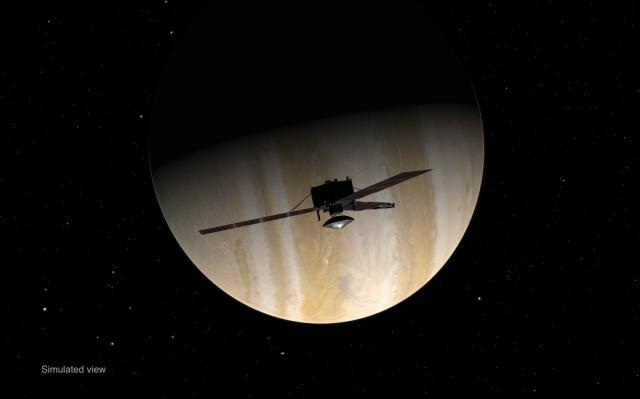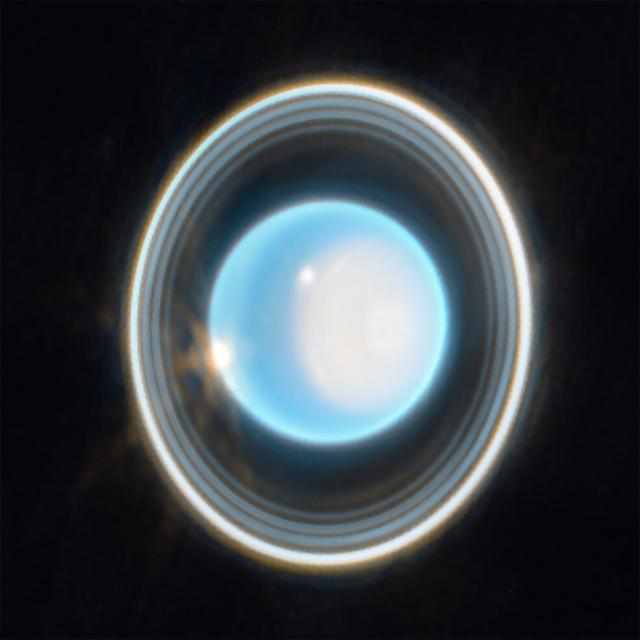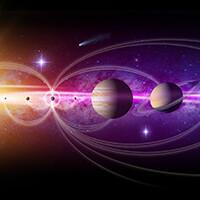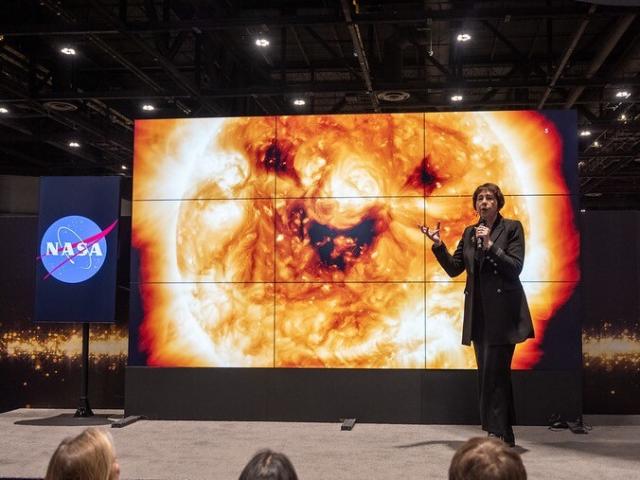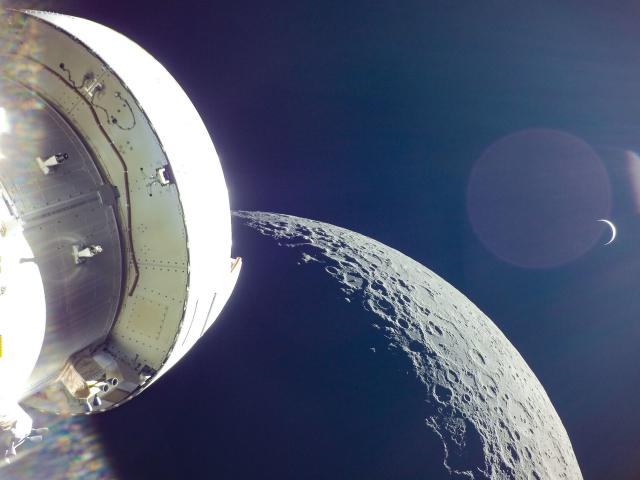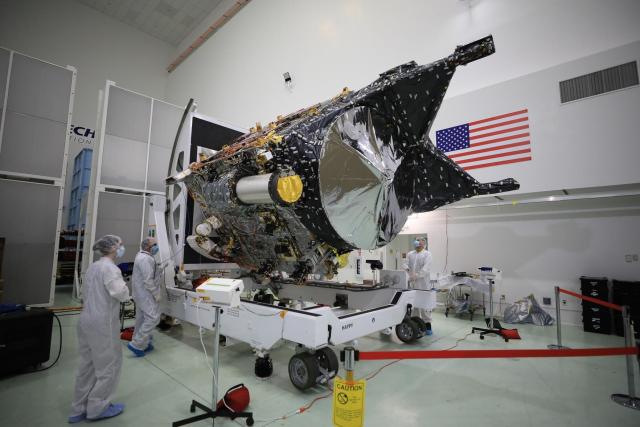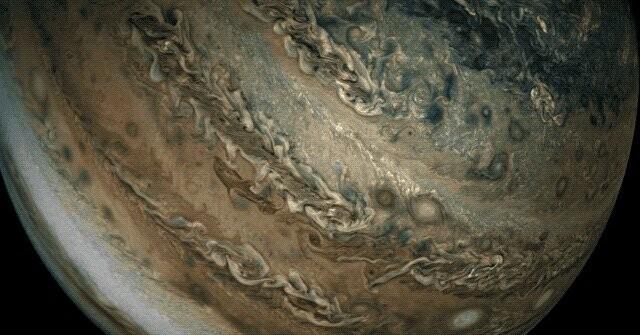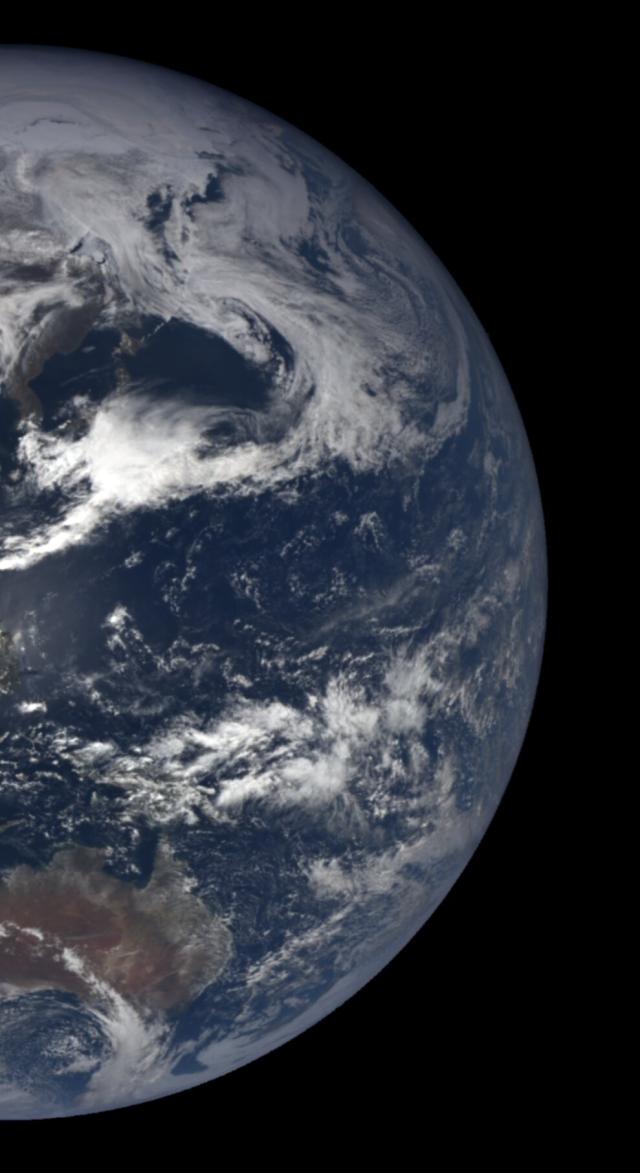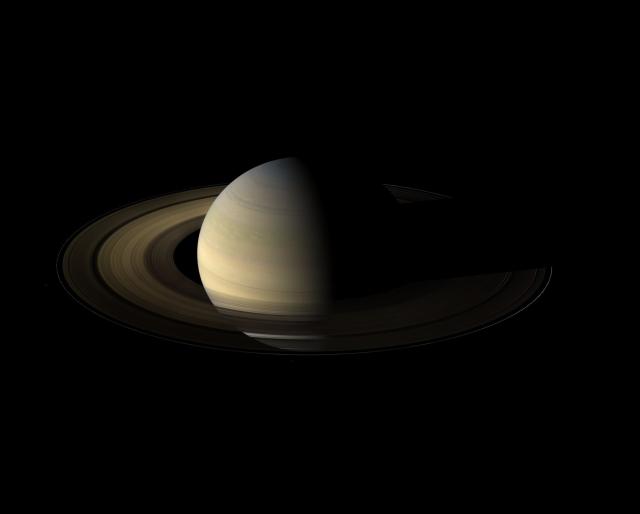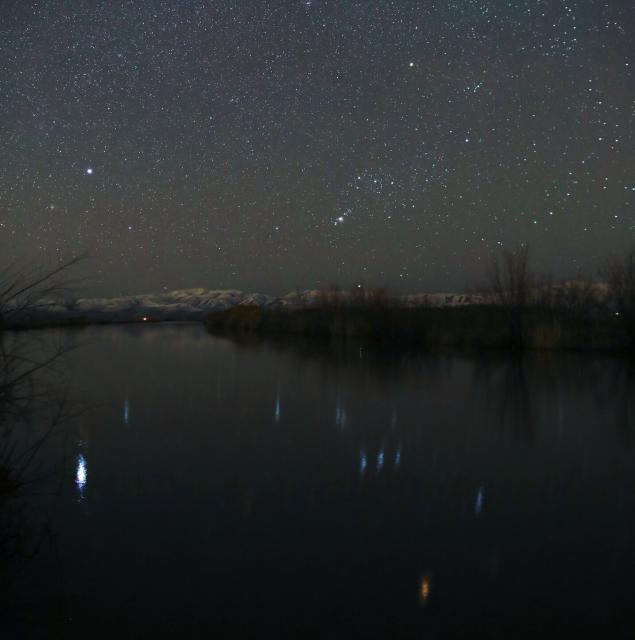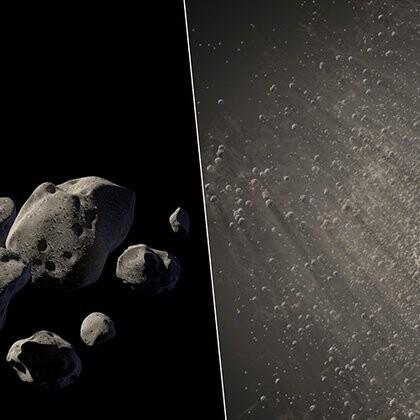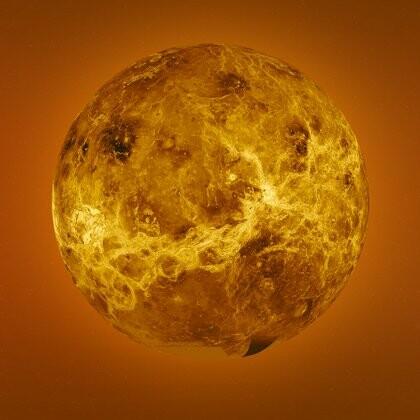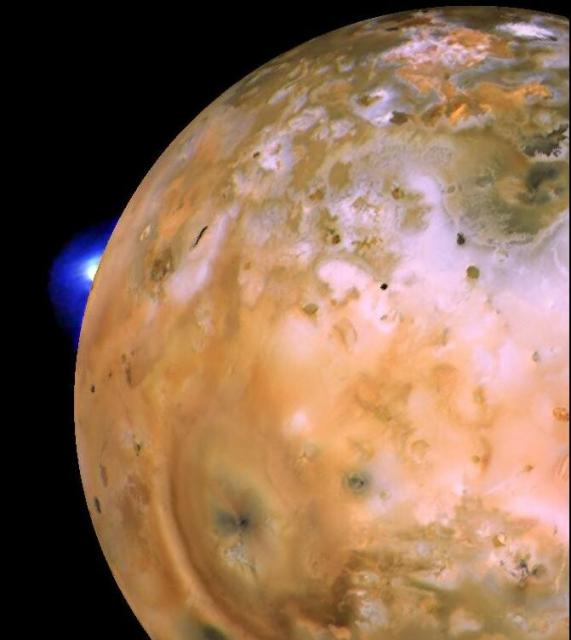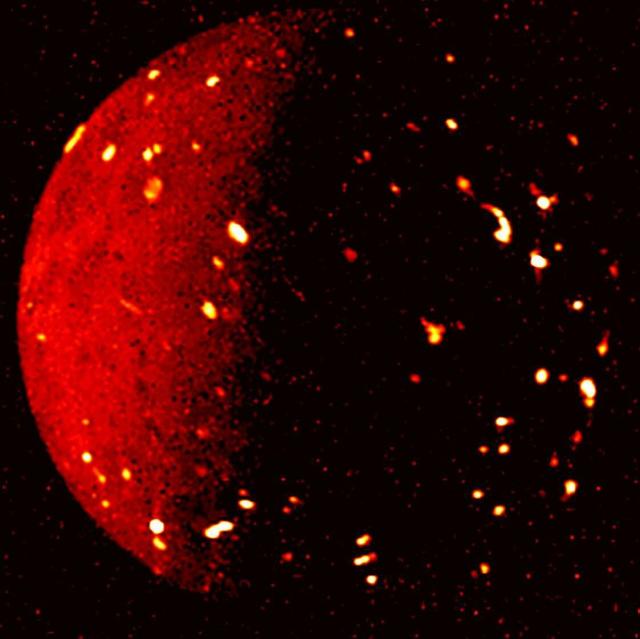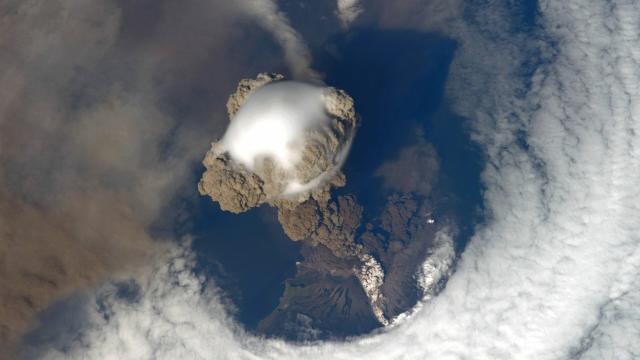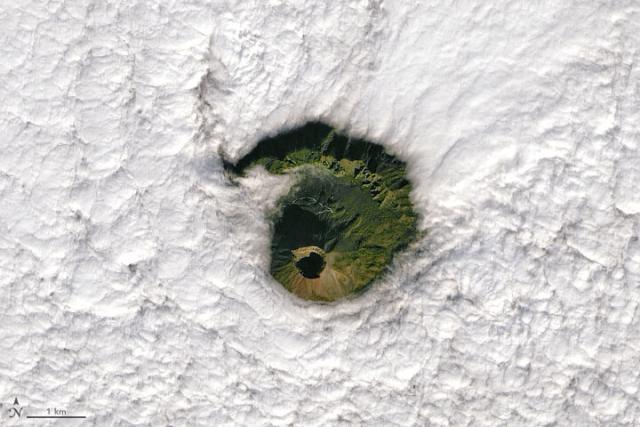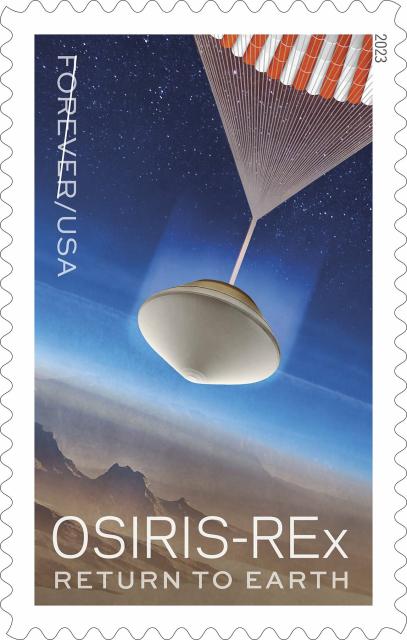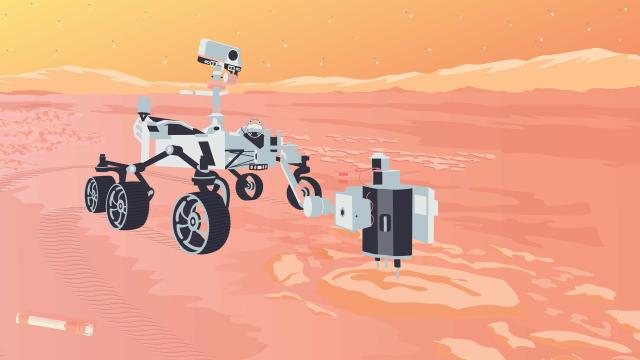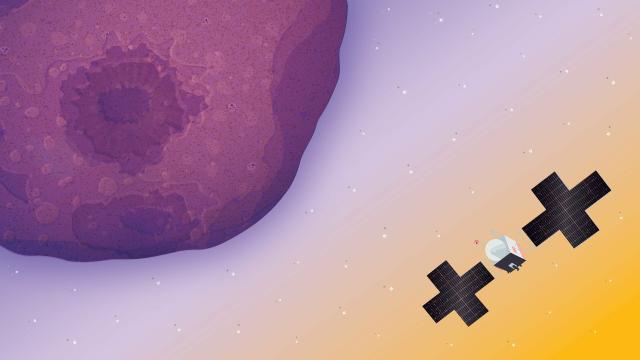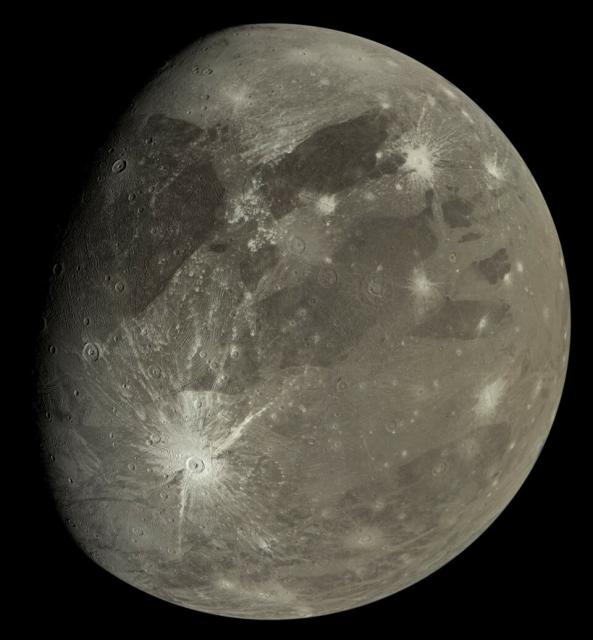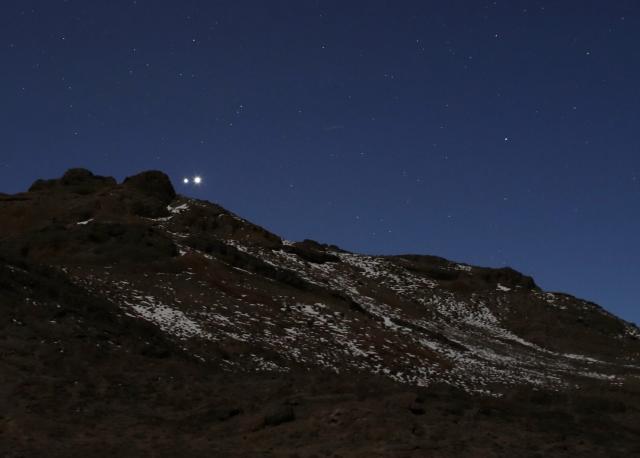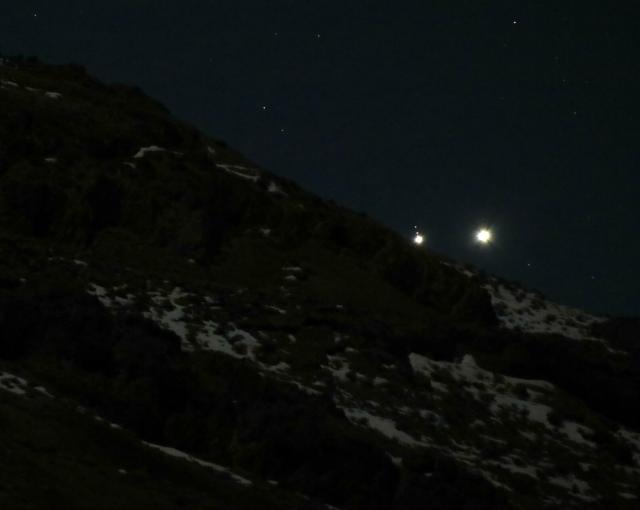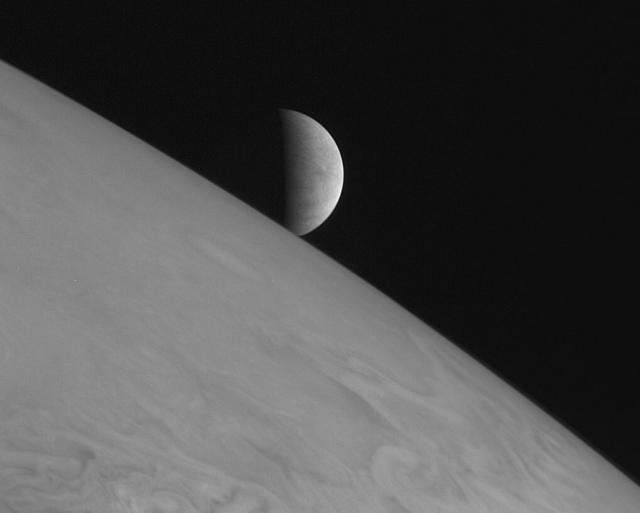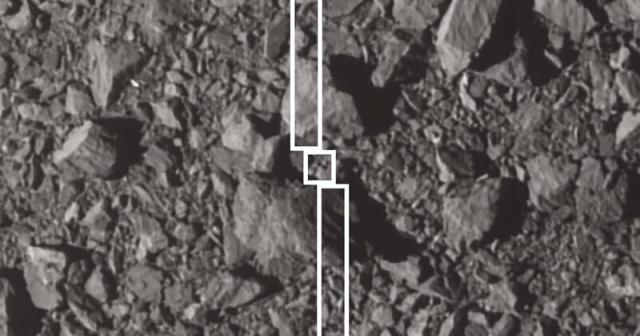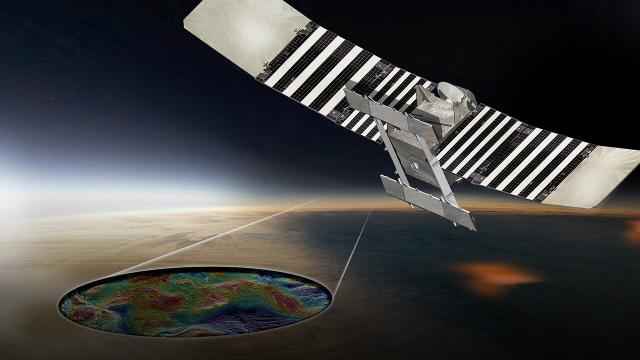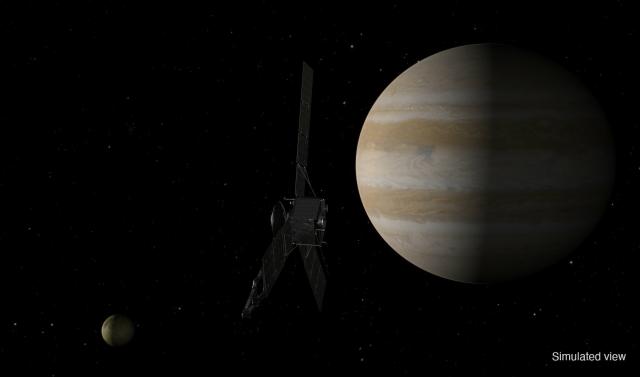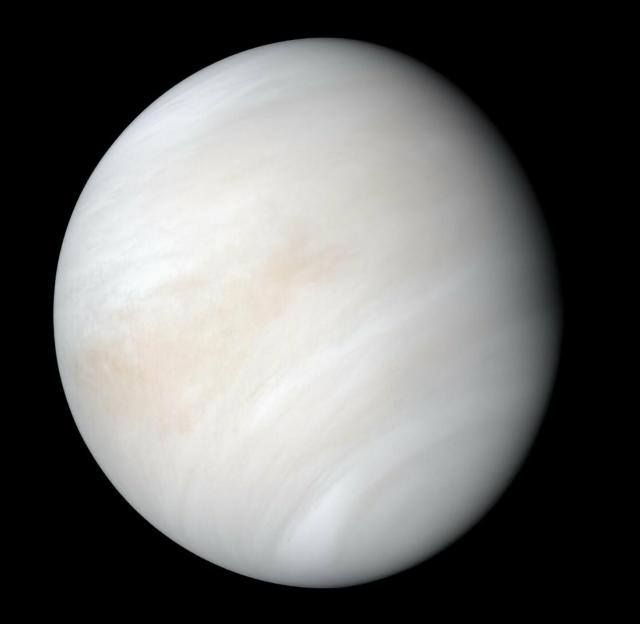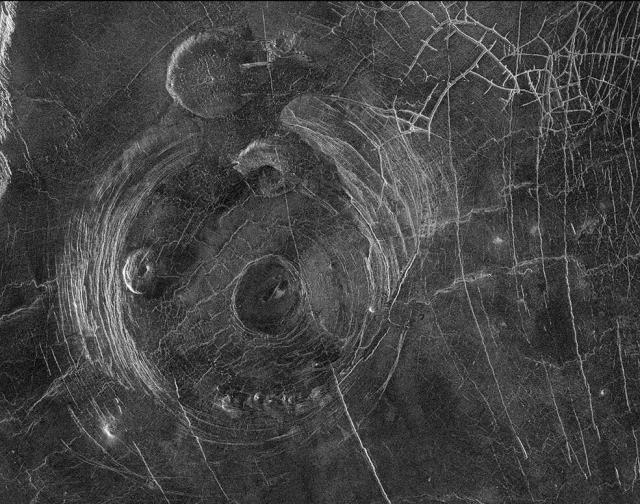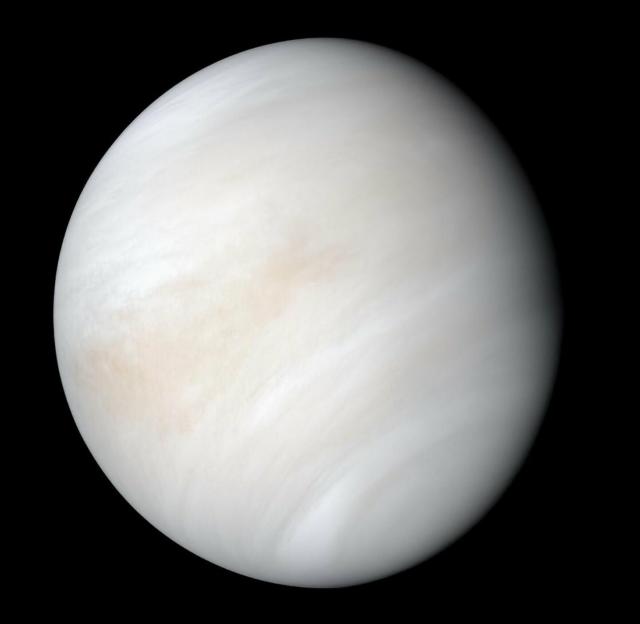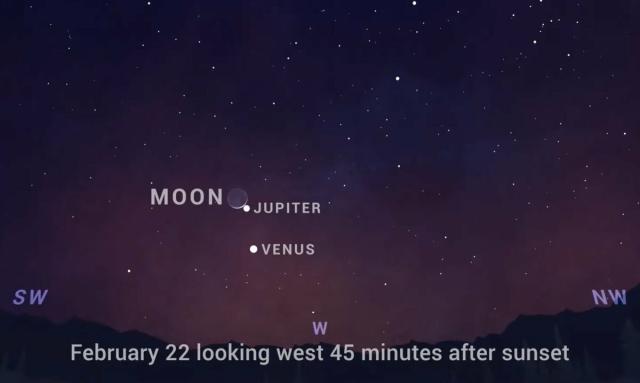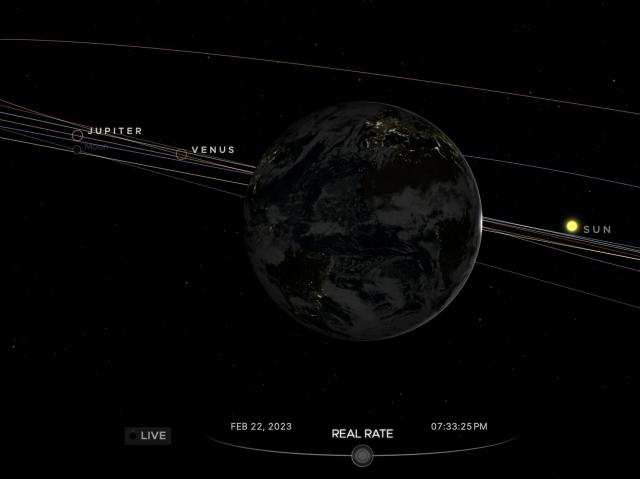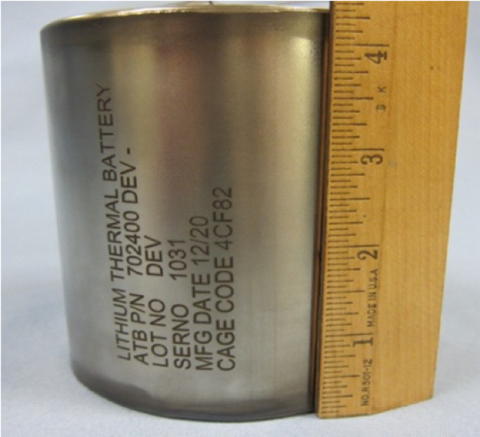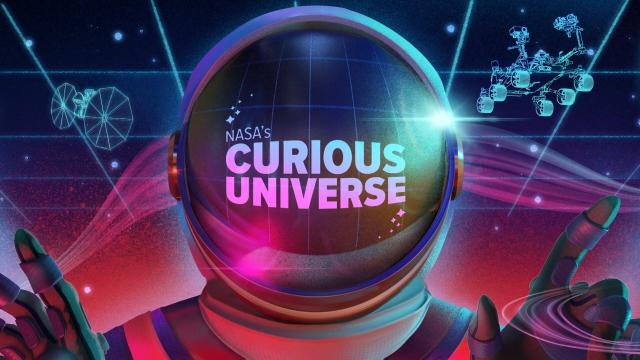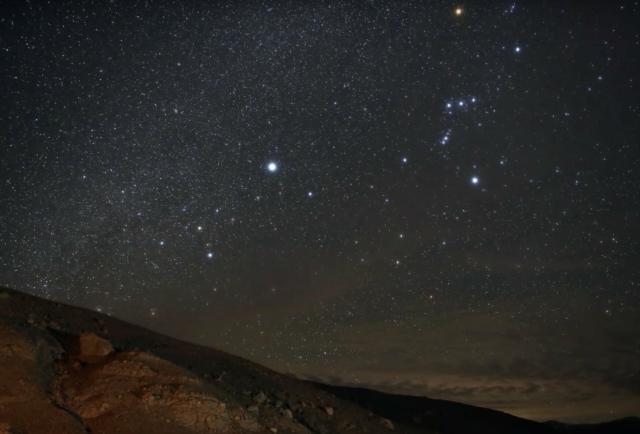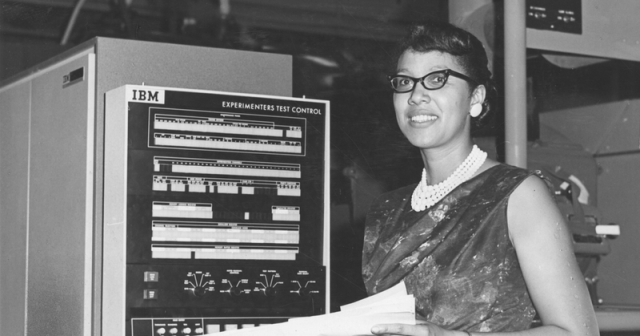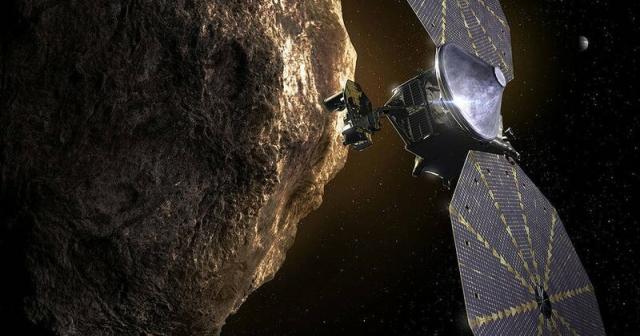Search
Items tagged with: NASASolarSystem
#NASASolarSystem
Eyes on the Solar System - NASA/JPL
Explore the 3D world of the Solar System. Learn about past and future missions.Eyes on the Solar System - NASA/JPL
#NASASolarSystem
💍Saturn's not the only planet to put a ring on it
A new image from @NASAWebb displays Uranus' rings in infrared light. Uranus is a top target in the next decade of planetary science, so we're eager to see what else Webb will reveal of this distant planet solarsystem.nasa.gov/uranus/
#NASASolarSystem
Uranus
The seventh planet from the sun with the third largest diameter in our solar system, Uranus is very cold and windy.NASA Solar System Exploration
#NASASolarSystem
Home – NASA Solar System Exploration
NASA’s real-time science encyclopedia of deep space exploration. Our scientists and far-ranging robots explore the wild frontiers of our solar system.NASA Solar System Exploration
It’s quite a view from out there.
Today, NASA announced the crew of #Artemis II. Astronauts Wiseman, Glover, Koch, and Hansen will fly around the Moon, taking in the spectacular sights of the craggy lunar surface and our home planet in the distance. go.nasa.gov/3K9LSAg
#NASASolarSystem
NASA: Artemis II Crew
Meet the astronauts who will venture beyond the Moon on Artemis II, flying farther into space than any humans ever have before and paving the way for future lunar surface missions.NASA
#NASASolarSystem
#NASASolarSystem
In Depth | 16 Psyche – NASA Solar System Exploration
Asteroid Psyche is a giant metal-rich asteroid that will be explored by a spacecraft with the same name - NASA's Psyche mission.NASA Solar System Exploration
#NASASolarSystem
Student Slideshow: NASA Space Poetry | NASA/JPL Edu
Read poems all about space written by explorers at NASA to learn about different kinds of poetry!NASA/JPL Edu
#NASASolarSystem
The Rite of Spring | NASA Solar System Exploration
Of the countless equinoxes Saturn has seen since the birth of the solar system, this one, captured here in a mosaic of light and dark, is the first witnessed up close by an emissary from Earth … none other than our faithful robotic explorer, Cassini.NASA Solar System Exploration
#NASASolarSystem
Curious Universe Season 5 Ep 4: “Stargazers Welcome”
The night sky isn’t just for experts, it belongs to all of us! And we here at NASA love to encourage people to go out and take a look.Gary Daines (NASA)
#NASASolarSystem
NASA Skywatching Home
What’s visible in the night sky? Get skywatching tips and resources from NASA.NASA Solar System Exploration
Take a tour of the solar system's asteroids and the spacecraft that are now exploring them – no hyperdrive required: solarsystem.nasa.gov/asteroids
[Video embedded in original tweet]
#NASASolarSystem
Asteroids
These rocky fragments are leftovers from the beginning of our solar system.NASA Solar System Exploration
In a first, scientists have seen direct evidence of active volcanism on Venus. They made the discovery after poring over archival radar images taken in the 1990s by NASA’s Magellan mission.
Details: nasa.gov/feature/jpl/nasa-s-ma…
Make a virtual visit to Venus: solarsystem.nasa.gov/venus
#NASASolarSystem
NASA’s Magellan Data Reveals Volcanic Activity on Venus
In a first, scientists have seen direct evidence of active volcanism on Earth’s twin, setting the stage for the agency’s VERITAS mission to investigate.Tony Greicius (NASA)
#NASASolarSystem
#NASASolarSystem
Earth
Earth is the third planet from the sun and the fifth largest in the solar system.NASA Solar System Exploration
📬 Special Delivery!
On Sept. 24, 2023, the #OSIRISREx spacecraft will deliver a capsule of precious asteroid material to Earth and @USPS just announced there will be a stamp to mark the occasion! nasa.gov/osirisrex
#ToBennuAndBack
#NASASolarSystem
OSIRIS-REx
OSIRIS-REx traveled to near-Earth asteroid Bennu and is bringing a small sample back to Earth for study. The mission launched Sept. 8, 2016, from Cape Canaveral Air Force Station.NASA
#NASASolarSystem
Educator Guide: Metal Math: A ‘Pi in the Sky’ Math Challenge | NASA/JPL Edu
In this illustrated math problem, students use pi to calculate the approximate density of the asteroid (16) Psyche and compare that to the density of known terrestrial materials.NASA/JPL Edu
#NASASolarSystem
Science Findings - Mission Juno
NASA's Mission Juno will explore Jupiter, seeking to unlock secrets of the giant planet and our solar system.Mission Juno
#NASASolarSystem
NASA Skywatching Home
What’s visible in the night sky? Get skywatching tips and resources from NASA.NASA Solar System Exploration
#NASASolarSystem
NASA Skywatching Home
What’s visible in the night sky? Get skywatching tips and resources from NASA.NASA Solar System Exploration
#NASASolarSystem
Major news in the field of planetary defense!
go.nasa.gov/3YbKyBS
[Video embedded in original tweet]
#NASASolarSystem
#NASASolarSystem
Overview | VERITAS – NASA Solar System Exploration
The first U.S. mission to Venus in more than three decades, VERITAS will discover the secrets of a lost habitable world on Venus, revealing how the paths of Venus and Earth diverged.NASA Solar System Exploration
#NASASolarSystem
#NASASolarSystem
#NASASolarSystem
Eyes on the Solar System - NASA/JPL
Explore the 3D world of the Solar System. Learn about past and future missions.Eyes on the Solar System - NASA/JPL
#NASASolarSystem
#NASASolarSystem
Study Finds Venus’ ‘Squishy’ Outer Shell May Be Resurfacing the Planet
The research uses archival NASA data to show that Venus may be losing heat from geologic activity in regions called coronae, possibly like early tectonic activity on Earth.Tony Greicius (NASA)
If you have clear skies after sunset this evening, watch for the crescent Moon with bright Jupiter and Venus nearby. Details: solarsystem.nasa.gov/skywatchi…
See how this celestial line-up came together using our 3D solar system simulator: go.nasa.gov/3Sk0zoc
NASA Skywatching Home
What’s visible in the night sky? Get skywatching tips and resources from NASA.NASA Solar System Exploration
#NASASolarSystem
Providing Power on Earth’s Evil Twin | Science Mission Directorate
NASA and Advanced Thermal Batteries, Inc. are developing a high-temperature battery system to power a long-lived lander on the Venus surface.science.nasa.gov
We need this shirt:
OSIRIS-REx&
Lucy&
DART&
Psyche
NASA has learned a lot about asteroids in the last few years, and more information is on the way!
Tune in to this week to @nasa’s Curious Universe podcast for an episode all about asteroids: go.nasa.gov/3Ip6XWy
#NASASolarSystem
Curious Universe Season 5 Ep 1: “Defending the Planet from Asteroids”
Our solar system contains millions of asteroids, orbiting our sun and rocketing through the night sky! Join scientists Kelly Fast, Tom Statler, and Davide Farnocchia as we discover what we can learn from these building blocks of the universe, and ho…Gary Daines (NASA)
#NASASolarSystem
NASA Skywatching Home
What’s visible in the night sky? Get skywatching tips and resources from NASA.NASA Solar System Exploration
#NASASolarSystem
Piped
An alternative privacy-friendly YouTube frontend which is efficient by design.piped.kavin.rocks
#NASASolarSystem
Moon Mountain Name Honors NASA Mathematician Melba Mouton
Scientists recently named a mesa-like lunar mountain that towers above the landscape carved by craters near the Moon’s South Pole.Rachel Hoover (NASA)
This week, two solar system objects gained names.
Meet Dinkinesh, an asteroid that the #LucyMission will flyby on Nov 1, 2023. 'Dinkinesh' is the Ethiopian name for the human-ancestor fossil, also known as Lucy, which was discovered there.
nasa.gov/feature/goddard/2023/…
#NASASolarSystem
NASA’s Lucy Asteroid Target Gets a Name
The first asteroid to be visited by the NASA Lucy mission now has a name.Madison Arnold (NASA)


